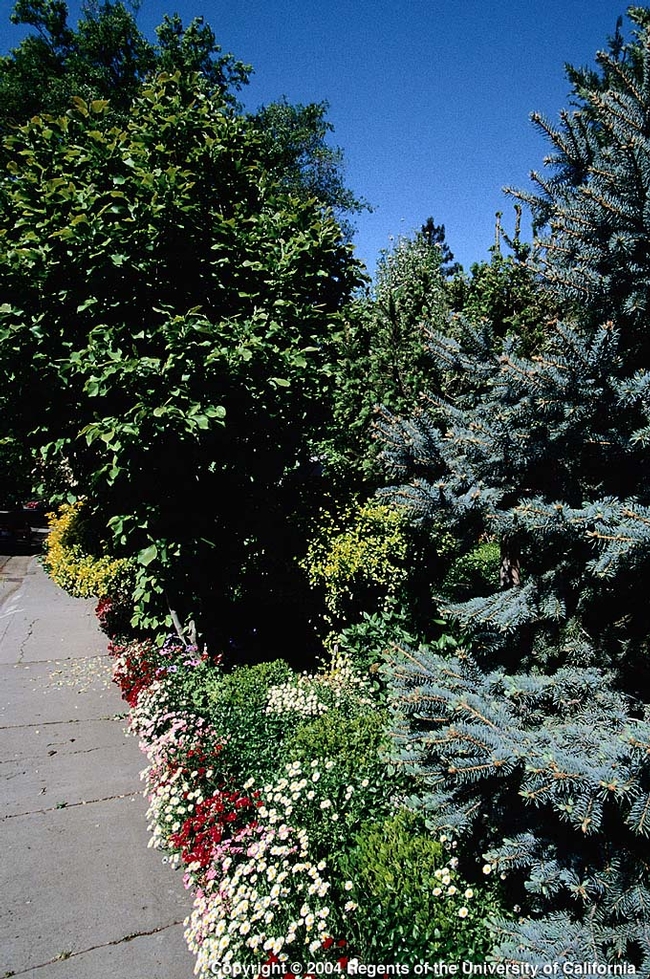Greywater
By Jutta Thoerner UCCE Master Gardener
What is greywater and how can I use it in my Garden? Alex in Creston
California has a Health and Safety Code (17922.12) for the definition of greywater. Summarized, it says that greywater is not contaminated by toilet discharge or unhealthy bodily wastes and presents no threat from contamination due to unhealthful processing. Graywater includes, but is not limited to, wastewater from bathtubs, showers, bathroom sink and clothes washing machine. It does not include wastewater from kitchen sinks or dishwashers.
It is most common is to install a 3-way valve to the hose of a washing machine. This valve separates graywater from water designated for the sewer, which is necessary in case bleach or powdered detergents are used or when a high groundwater level is present. On average, between 10 and 25 gallons are generated per load from a front loader and about 40 gallons from a top loader.
Because of the possible residues in graywater, only non-edible plants should be watered with graywater, making it well suited for your shrubs and trees. For example, in Creston 200 gallons of graywater generated weekly can keep four mature trees with medium to high water needs healthy. The soil type, climate zone and type of plants determines how far the graywater will stretch.
To stay compliant when greywater is released, you need a mulch basin. The basin can be combined with a branched drain system or you can pump the water into a surge tank. For a mulch basin, several inches of soil are replaced by coarse wood chip mulch. The graywater is discharged via pump into a mulch shield which sits inside the basin. For a gravity fed system, use a branched drain pipe system. A simple and inexpensive method is to direct the greywater into an airtight drum which can serve as a surge tank. Once the water is collected, it can be dispensed from a hose spigot attached to the drum, similar to rain water drums. It is recommended to get the help of a professional installer to keep you compliant and your plants healthy.
